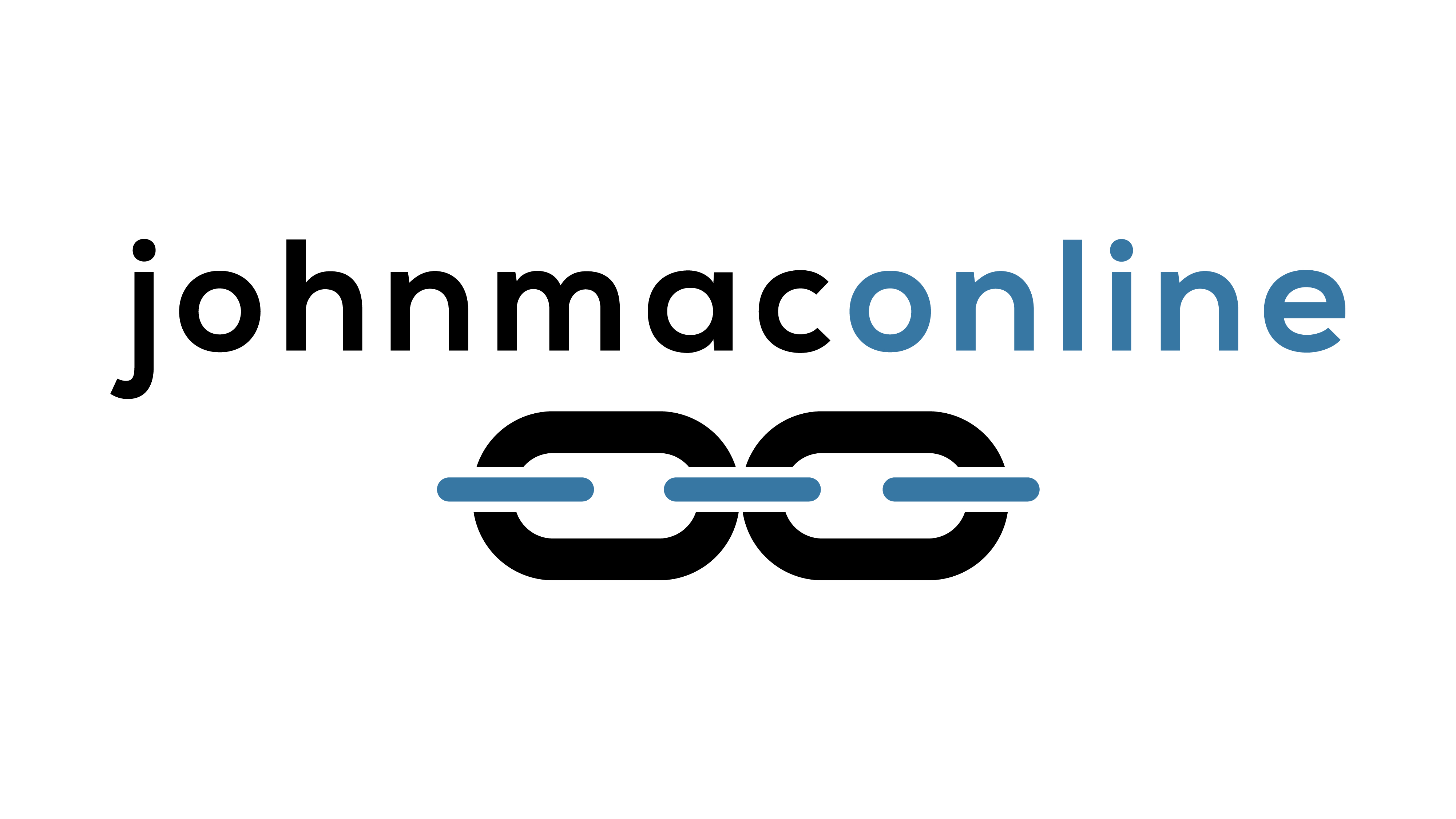Life gets better when you’re smart about defaults.
Defaults are everywhere, from your tech gadgets to dining menus. In the tech world, defaults make sure things run smoothly. When you’re at a chain restaurant, the default options are often about inventory or profit margins. Contrast that with a gourmet restaurant, where the chef’s defaults are dishes they passionately recommend.
Automotive service shops have defaults, too, often labeled as “best value” or “customer favorite.” But “best” for whom? The same logic applies to furniture stores. The default is often the item on sale, but you can and should negotiate for what you actually want.
To find the defaults, look for words like “signature dish” and “best value,” bold font, arrows, and green checkboxes. They’re pointing you to what they want you to do.
Remember, defaults are generally set up to benefit the provider, not you, the user. Make it a point to understand who really benefits from these preset options and make choices that better align with your own needs.
When you start to see the landscape of defaults for what it is, you regain control, turning these hidden settings into tools for your benefit.


